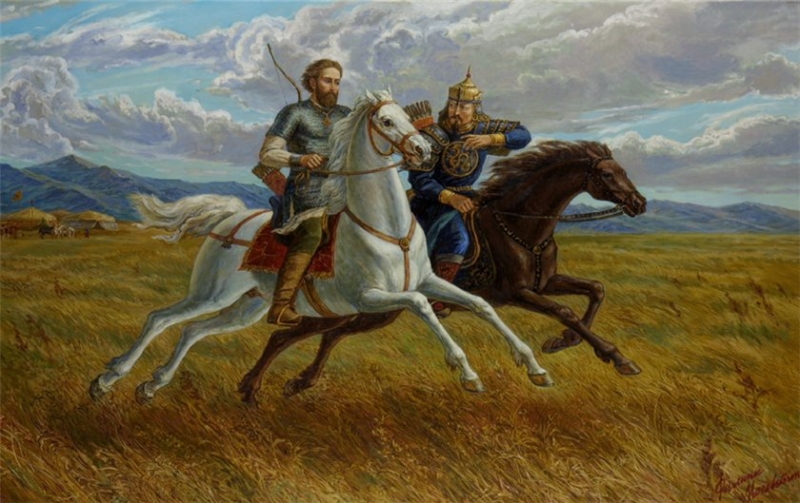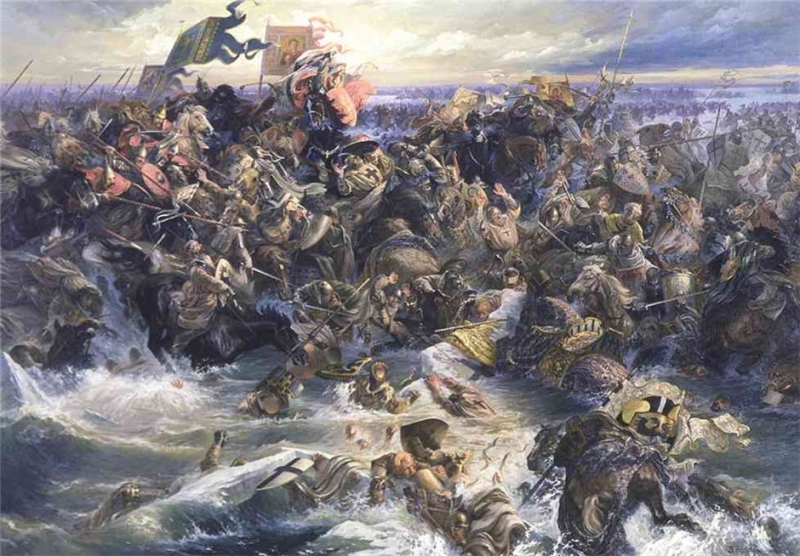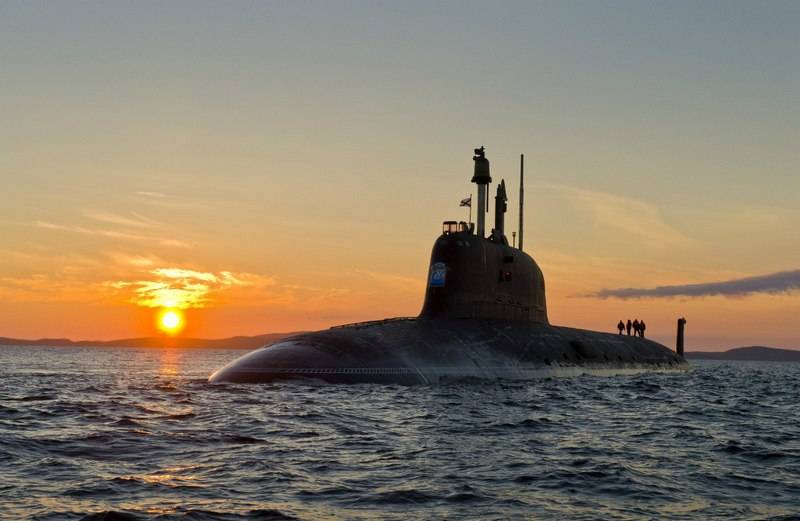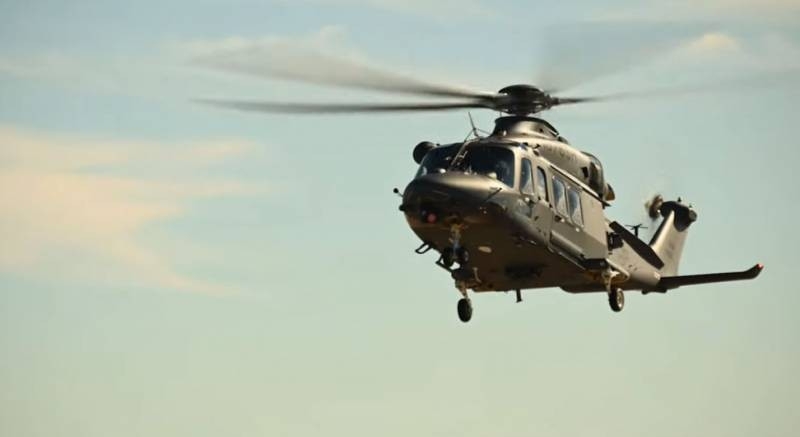
Alexander Nevsky in the Horde and Sartak. F. A. Moskvitin
In the XII century the ancient Russian state finally disintegrated into a number of semi-independent feudal principalities. Feudal fragmentation of Russia reduced its military might. Princes odds with each other, and separate principalities forces were not sufficient to reflect the serious external threat. The lack of unity among the Russian feudal lords took advantage of the Tatar-Mongol invaders.
When the hordes of Batu in autumn 1240 year stormed Kiev, in North-West Russia had its own problems. In the west, Russia was threatening the German Order of the Sword, located in the Baltic States, as well as various German bishopric, disposable shock troops chivalrous. Especially increased danger to the Russian lands, when he ransacked Lithuanian Order of the Sword in the united 1237 was in force at the Lithuanian tribe lands Prussian Teutonic Order. Teutons became the main striking force of Russia on its western borders.
Constantly troubled western Russian lands Lithuanians, which sought to create its unified state. Their military raids, robbery Russian border towns have become commonplace in the XIII century. After the defeat of the Swedes in 1240 by Alexander Nevski, triumphantly returned to Novgorod. But not for long it lasted welfare. winter already, as the chronicles, Alexander with his family and entourage went to his father in Vladimir, and soon he received Pereyaslavl table and began to reign in Pereslavl-Zalessky. Hard to say, what was the reason for such a quick and deep quarrel with Alexander Nevsky of Novgorod boyars. one thing is certain: character found in the nature of. Alexander was able to insist on the, and that, apparently, and did not like the proud Novgorod boyars.
Meanwhile, the German knights immediately took advantage of the departure of Alexander. They stepped up the pressure on the Russian possessions. AT 1240 It was captured by German knights Pskov and important areas in the Gulf of Finland. Novgorod were forced to seek help from the Grand Duke of Vladimir, and asked them to send to the city of Prince Alexander and his warriors. Russian commander, acting quickly and decisively, in a short time I was able to gather an army. In winter 1241-1242, the Novgorod troops, reinforced detachments of the Vladimir-Suzdal and other lands, moved westward, decisively stormed Pskov.
During this time the invaders cut all trade routes, leading from Novgorod on the river Luga, and began to plunder merchants Pass. Left to Novgorod 30 kilometers - a distance of one of the military transition. Above the city, as before on Pskov, jeopardy capture. In connection with the existing situation Russian army led by Alexander Nevsky moved to the Lake Peipsi. At the shore troops occupied the position for a decisive battle with the combined forces of the knights of the Livonian Order, his vassals and "people of the Danish King".

Nazaruk Vyacheslav Mikhailovich . “Battle on the Ice”
The famous battle on the ice of Lake Chud happened 5 April 1242 of the year. Considering the Order of the Knights tactics, Alexander Nevsky built unusual for the time order of battle. In the center he placed relatively few, but stable and reliable infantry regiment. The main force of infantry and cavalry regiments were a part of the right and left hands and were tasked to attack the weak flanks enemy order of battle. The main forces of the Russian troops from the front were covered advanced regiment, composed of archers.
The order of battle of the enemy has been constructed in the form of a blunt wedge with 5 riders in the first, 7-u - in the second, 9-th - third, 11-u - in the fourth row. Further lined pedestrian bollards, mobile enough, to keep up with the cavalry. Infantry propped up another line of riders, squads of knights can be placed and on the sides of the battle order. During the attack, a wedge is pressed its weight and the pressure of the enemy operation, breaking it in two, after which the battle was divided into fights, where knights and bollards have an advantage over a downed position, lost the overall management by the enemy.
Alexander has chosen a good place for the battle: ice at this time of year near the coast was strong enough, to withstand the rider in the forged armor or chain mail, but the right of the Russian regime was duct Sigovitsa, ice which has melted. This was taken into account by the Russian command: one side, Sigovitsa was an additional cover from the attack on the flank, on the other - could become a trap for heavy cavalry.
Heavy Wedge knightly cavalry ("Steel wedge") I am trying to build the advanced Russian regiment and crashed into the center of the main body. Then, on the flanks and rear of the enemy hit harder shelves right and left hands. Reflect the impact of the opponent could not: cavalry suffered serious losses, and infantry took flight; Russian troops drove long and beat the running infantry and cavalry. German knights and allies suffered a crushing defeat. In this battle, the Knights lost 500 human. Victory at Lake Chud permanently stopped Sash movement to the east.
should say, that the generalship of Alexander Nevsky was characterized by the following features: the right choice of the direction of impact, consistent solution of strategic tasks, desire to defeat the enemy in parts, depth account of the strengths and weaknesses of the enemy and friendly forces, use the element of surprise.
Fair war led to high morale and moral superiority of the Russian troops over the invader forces. The battle was an important milestone in the history of Russian art of war.











